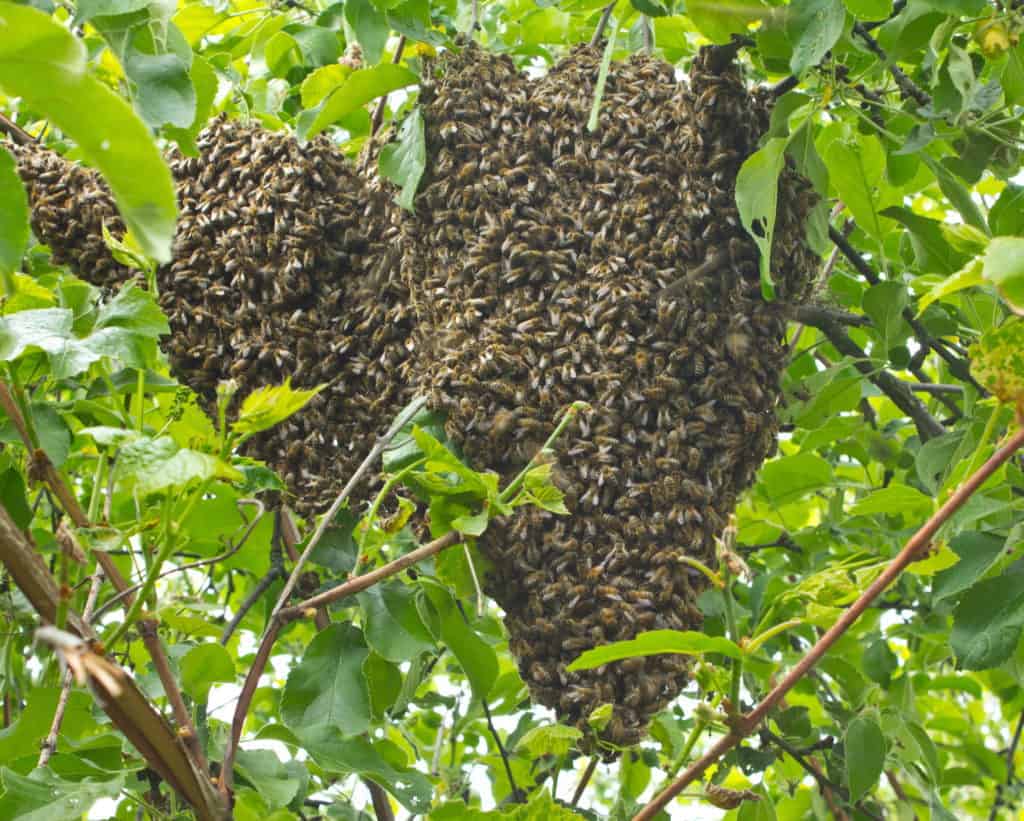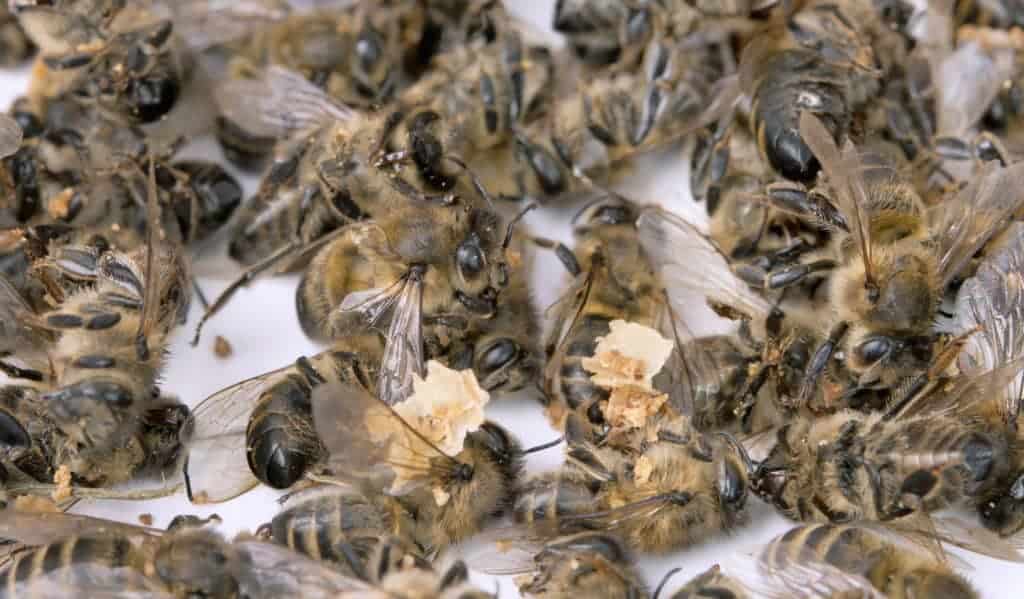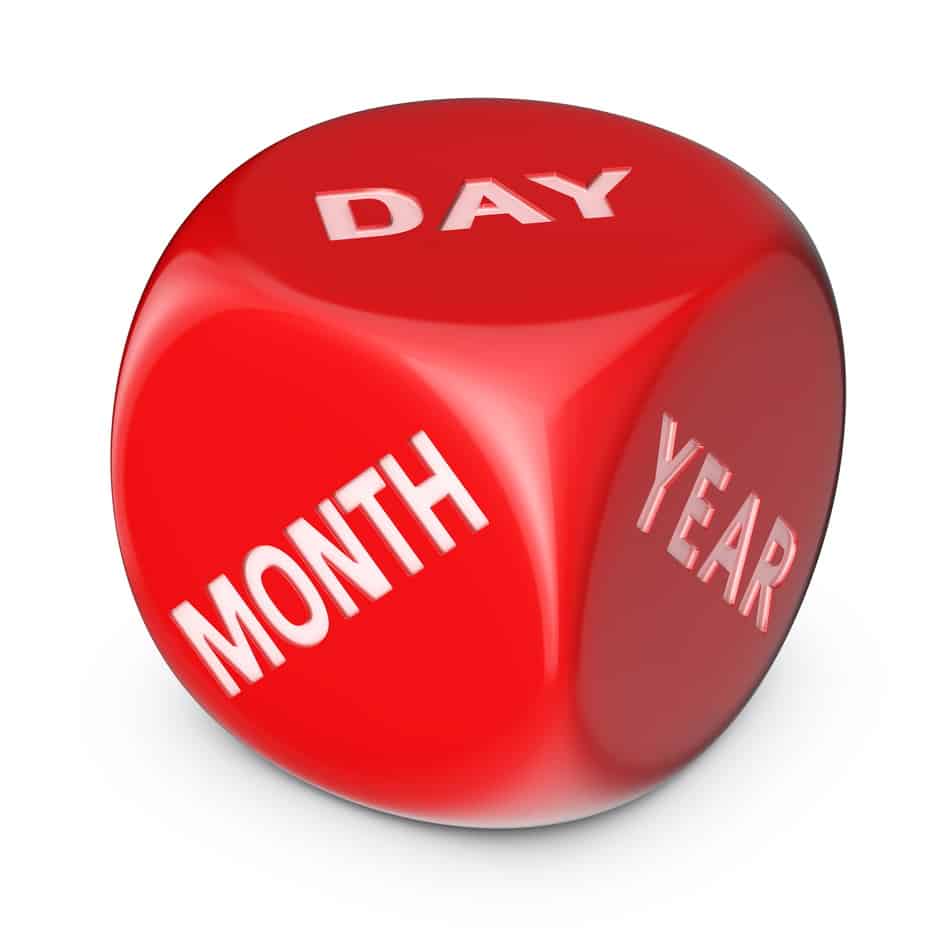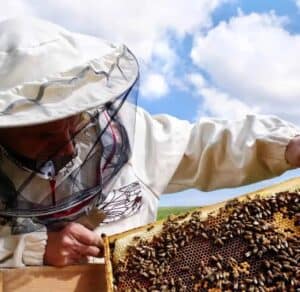Can You Keep Bees Without Harvesting Honey? What, Don’t Like Honey?
A common topic discussed in beekeeping circles is whether it’s a good idea to raise honeybees but not collect their honey. Some hobbyists prefer a hands-off approach and wish to support pollination and their local bee populations while leaving the honey for the bees.
You can keep honeybees without harvesting honey but its not recommended due to several negative consequences. Your bees won’t have enough room to store excess honey, will become overpopulated, and then swarm. Swarming of unmaintained colonies increases the spread of disease and pests to other healthy colonies.
It is often argued that there is no harm in keeping unmaintained honeybee colonies, but most beekeepers wouldn’t recommend this. I’ll explain in more detail both why you shouldn’t keep unmaintained honeybee colonies and what alternatives are available.
Keeping Bees Without Harvesting Honey

To keep honeybees without harvesting honey seems like a pretty foreign concept to most beekeepers. If you decide to raise colonies of honeybees, and not harvest the honey, there is several consequences with this practice.
Your bee colony will continue to grow, and your hive will quickly become to small to house them. At this point you’ll be left with three options:
1. Give them more room – add more bee boxes or supers to the top of your hive to allow them to store their excess honey and give room for the queen to continue to lay eggs. But eventually you will still run out of room, you can only stack bee boxes so high.
2. Don’t give them more room – the bee population will continue to grow and once they become overpopulated the queen will signal the colony to swarm. The queen will take 2/3 of the colony with her and leave to find a better location.
The remaining 1/3 of bees will raise a new queen that will mate after hatching and begin laying new eggs. Depending on your region, swarming can be either very annoying or just dangerous.
3. Split the colony – you can split the colony yourself before they swarm. You’ll end up with 2 hives but it will keep them from swarming. But you will have to do this every year, and could end up with 4 hives, then 8 hives, and so forth.
Also, if you let your bees swarm, and it happens late in the season, the remaining bees won’t have enough time to store honey for the winter.

The other consequence of unmaintained honeybees swarming is they are known to spread more disease and pests to other healthy colonies. Therefore, in most regions you are required to register every beehive you own and indicate were they are housed.
You will also be required to have removable combs for inspection by local bee inspectors. This practice has become more common to protect the honeybee population against disease and pests.
A good alternative is to keep mason bees instead of honeybees. Mason bees don’t produce honey and are less likely to sting than honeybees.
You can setup mason beehives in your gardens or property and by doing so support natural pollination. But check with your local bee association to confirm if your required to register mason beehives.
Can You Harvest Honey From A Dead Hive

I don’t recommend ever harvesting honey for human consumption from a dead out hive. But you may be able to recover the stores to assist the rest of the hives in your apiary.
Once you discover a dead hive you need to first determine the cause of the dead out. Was it killed by pesticides, killed by pests and insects or did your bees simply die from starvation (often found in the spring)?
The cause of the dead out will determine what you can do with any honey stores remaining.
After a hive is abandoned, it doesn’t take long before the honey stores are robbed from the hive by other bees and insects. A week colony or abandoned hive will be infested with wax worms and/or hive beetles and each of these will contaminate the comb and its contents.
When you do discover a dead out you should act immediately to protect against wax moths because if left to long, they will ruin your foundation and will cause damage to your woodenware. Wax moths don’t like sunlight so begin with exposing your boxes and frames to bright light right away.
If you’ve discovered the dead out too late and the infestation is more advanced, you should probably place your equipment in sealed bags to apply a treatment to kill the moth and its larvae.

Some beekeepers, when dealing with recent wax moth infestations, will freeze the frames for 48 hours then scorch the inside of the bee boxes with a propane torch.
So, your hive is dead and your certain it was caused from starving, Varroa or a bad queen. There is no wax moth present and you have a lot of honey left in the hive, now what?
Remove the equipment from the immediate area and keep it a minimum of 200 feet away from the rest of your hives. Then remove all the dead bees and turn the boxes up on their ends.
Also, make sure and keep them protected from the rain. This will allow your bees to rob what resources are left. Bees are experts at cleaning and repairing combs and do it quickly.
There’s a wide variety of treatments and methods used to combat wax moths, mites, disease and hive beetles. It is recommended to consult local experienced beekeepers if you haven’t dealt with infestations or disease before.
Also, in some regions you are required to report any suspected disease or infestations to your local bee inspector. Inspectors will also be able to assist you with the best method for treatment and future protection.
How Long Does It Take For A Beehive To Produce Honey

Depending on your region a small amount of honey maybe available in the in 4-6 months of a new colony. But realistically you won’t be harvesting much honey, if any, the first season of a colony.
For a more in depth explanation on honey production, hold up for a bit, I wrote an article all about how long it takes bees to make honey that I encourage you to read!
For your hive to be ready for harvesting your bees need a population of at least 80% built up in their brood box. Further, in some climates you may require 2 brood boxes before you can add a honey hive to the top.
Which means you’ll have to wait an additional time period for your honeybees to build up the population in the 2nd super or brood box.
I also wrote an article about how long it takes bees to fill a brood box that I also recommend you read!
Once the hive has built up both of your brood boxes, and it’s during the honey flow, then you can add a queen excluder and a honey box to the top of your hive. The bees will then store their excess honey on the top box while the queen stays in the brood boxes.
If you’re lucky to have a great location and perfect conditions, you could see a harvest your first season. But this is very uncommon, especially as a new beekeeper. See the chart below for the average time frames it takes for bees to grow in population (with perfect conditions).
| Days | Description |
|---|---|
| Day 1 | Introduce bees to your brood box. |
| Day 45 | Be ready to add 2nd brood box – If required |
| Day 90 | Install queen excluder and honey box |
| Day 120 | Harvest honey – if during honeyflow |
If all goes perfectly well your first season, it will be approximately 120 days before you can harvest honey. But for established colonies it is much different.
If you are into your 2nd season, you’ll know when the honey flow starts in your region and climate. In some cases, beekeepers are harvesting honey after 6 weeks.
Related Questions
How many bees are in a hive? A colony of honeybees will have 10,000 to 15,000 bees in early spring. The colony will grow to approximately 50,000 to 80,000 bees in the summer. A hives population varies throughout the season and is dependant on your local climate. The average colony is 25,000 to 80,000 bees.
How many bees does it take to pollinate an acre of land? It will take approximately 30,000 bees to pollinate an acre of fruit trees. The value of pollinating fruits, crops, and vegetables is almost 20 times the value of the honey that’s produced.
How many times can you harvest honey in a year? Most beekeepers harvest honey 2-3 times per year/season. Honey is normally harvested between mid June until mid September. How often you harvest depends on your local climate and plant life. Poor weather conditions, disease and pests infiltrating your hives will also affect your harvesting schedule.

Joseph Davis
My goal is to show that anyone can take up beekeeping and it can be a very rewarding hobby. I strive to share my experiences and answer any questions you may have.
